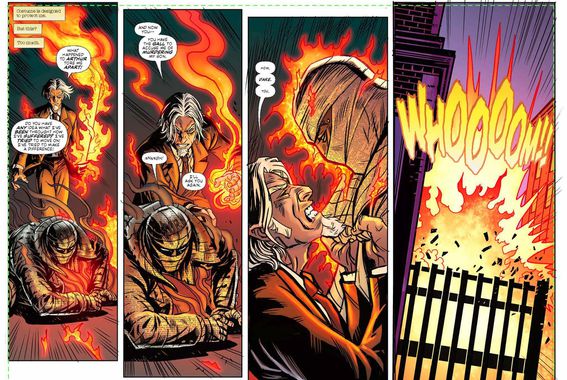
Navigating the vibrant realm of digital comic book art requires a blend of creativity, technical prowess, and an understanding of visual storytelling. This article explores the top 10 techniques to help you master this medium.
We delve into essential tools, software, sketching, inking, shading, character creation, layout design, and sources of inspiration.
Empower your inner artist to innovate, captivate, and transcend traditional boundaries in the dynamic world of digital comic book art.
Understanding the Basics of Digital Comic Book Art
Before delving into the advanced techniques of digital comic book art, it is crucial to first brush up on the fundamental principles that form its backbone.
The two pillars are comic typography and panel transitions. Comic typography, the art of lettering, is more than just dialogue; it is a tool that can bring a story to life. It enhances the tone, mood, and voice of characters, making it a critical aspect of the storytelling process.
Panel transitions, on the other hand, are the art of sequencing images to create a fluid narrative. Mastering these transitions allows artists to manipulate time, guide reader's eye movement, and seamlessly connect disparate scenes.
Understanding these foundational concepts is the stepping stone towards creating innovative, compelling digital comic book art.
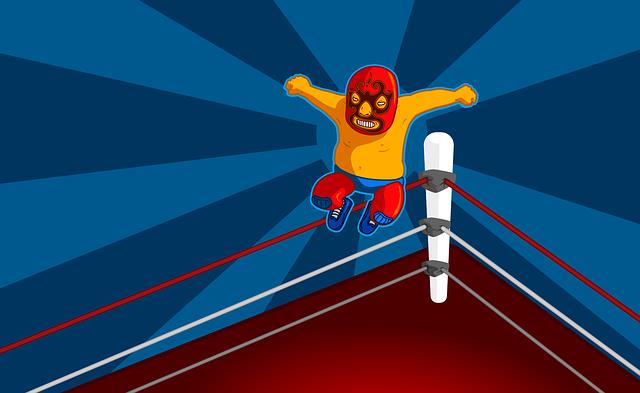
Navigating the digital landscape of comic book art necessitates a thorough understanding of the required digital art tools. These tools, essential in the creation of digital art, each have unique functions and applications within the artistic process.
The world of digital comic book art heavily relies on the utilization of a variety of essential tools, each with unique functions that contribute to the creation and refinement of an artist's work. In the digital realm, artists need to be cognizant of digital art ethics and engage with online art communities to stay current and innovative.
Graphic Tablets: These devices provide a natural drawing experience, mimicking the feeling of drawing on paper while providing digital benefits.
Digital Art Software: Programs like Adobe Photoshop or Procreate offer a wide range of brushes, layers, and other tools essential for creating intricate artwork.
Online Platforms: Online art communities like DeviantArt or Behance allow artists to share work, receive feedback, and get inspiration, fostering a culture of continuous improvement.
Arguably, understanding the functions of your chosen digital art tools is as pivotal as mastering traditional drawing skills, for it is this knowledge that allows an artist to fully exploit the capabilities of the digital medium.
Each tool in your digital arsenal has a specific role, and knowing how to manipulate these roles is key to mastering your craft.
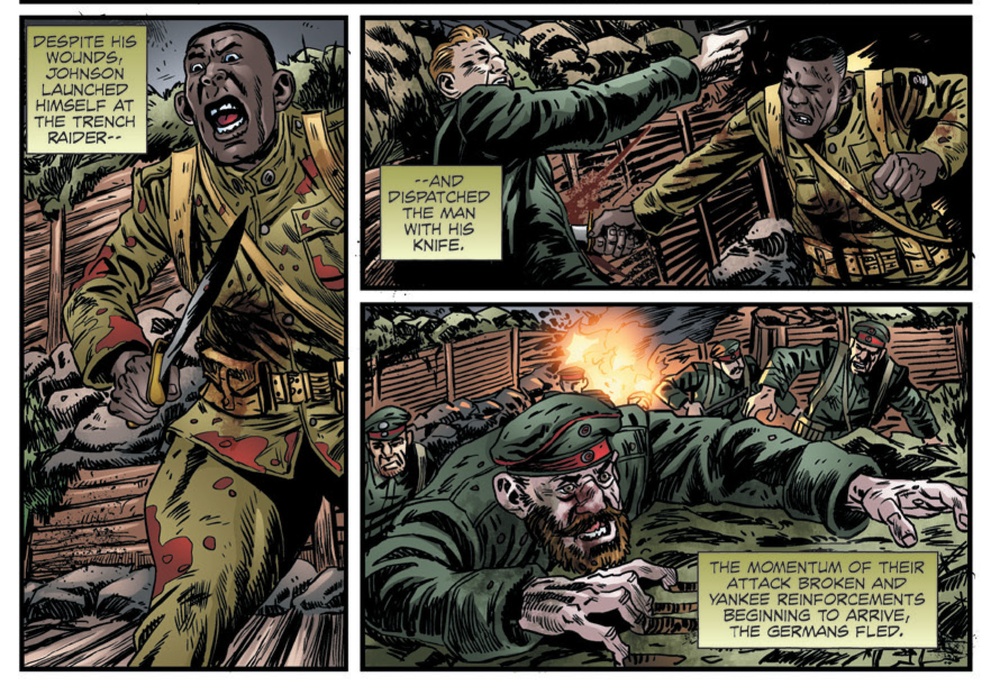
The process of tool customization enables you to tailor each tool to your specific needs, maximizing efficiency and the quality of your output.
Function mapping, on the other hand, allows you to assign specific tasks to certain tools, streamlining your workflow.
These processes are not only crucial for artistic precision, but also vital in propelling your digital artistry towards innovation and excellence.
Exploring the Best Software for Digital Comic Book Art
One cannot underestimate the impact of choosing the right software when it comes to creating extraordinary digital comic book art. In our software comparison, we identified three standout choices with excellent animation integration abilities.
Adobe Photoshop: This software is known for its versatility. It allows the creation of sophisticated art pieces and has robust animation features.
Clip Studio Paint: Created specifically for comic and manga artists, it offers in-depth panel creation and character design tools.
Procreate: An iPad-exclusive app, providing an intuitive interface and impressive brush customization options.
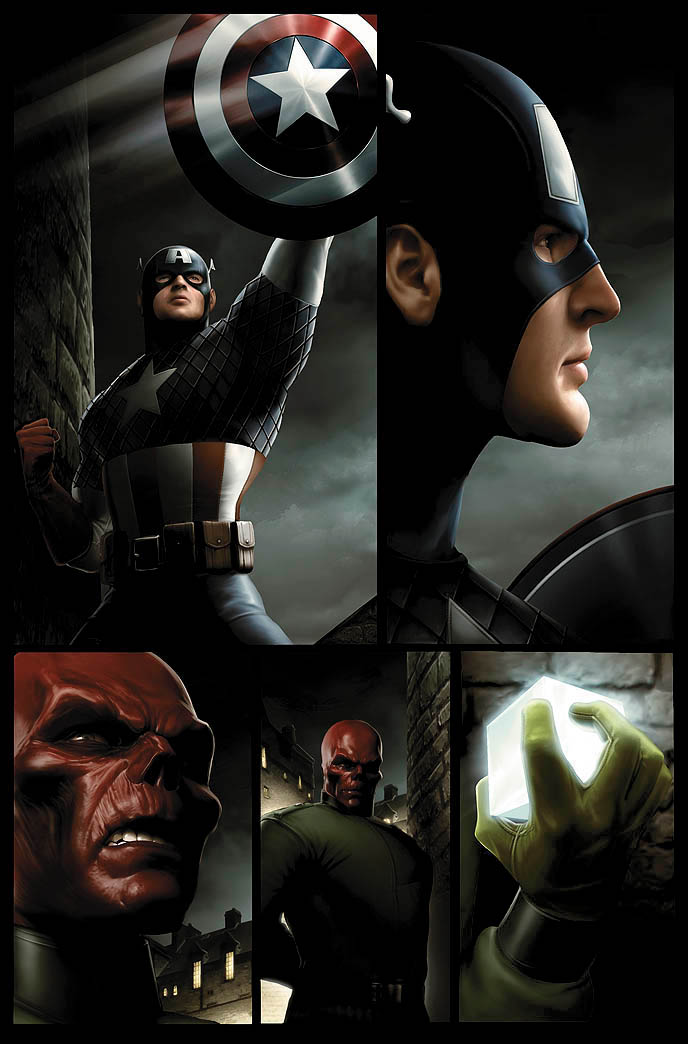
Each software has unique strengths that can cater to different artistic styles and workflows. The key is to explore and find the one that best aligns with your creative vision.
Mastering the Art of Digital Sketching
Mastering the art of digital sketching is a multi-faceted process that hinges upon the apt use of tools, the application of effective techniques, and the utilization of practical tips.
A nuanced understanding of these elements can dramatically enhance the quality of your digital sketches, elevating them from simple doodles to compelling pieces of art.
In the following sections, we will unpack these critical aspects, providing valuable insights that will aid in refining your digital sketching prowess.
While the essence of sketching remains the same, the digital realm offers a plethora of tools and techniques that can enhance and streamline the process of creating comic book art.
Sketching Apps Comparison: Procreate, Adobe Photoshop Sketch, and Autodesk Sketchbook are top-tier apps, each offering unique features for artists. Procreate excels in textures and brushes, Sketch provides a familiar Adobe interface, whilst Sketchbook offers a more intuitive and beginners-friendly platform.
Tablet Usage Tips: Master the use of pressure sensitivity for line variation. Experiment with tilt for shading nuances and always customize your workspace for optimal workflow.
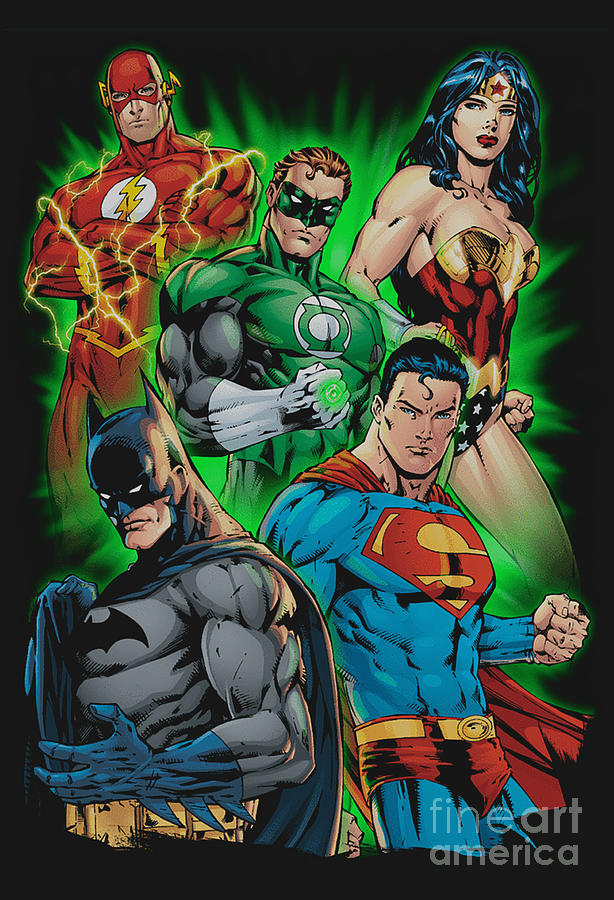
Hardware Selection: Invest in a quality drawing tablet with a stylus for precision. High-resolution displays can significantly improve the visual feedback you receive while drawing.
Innovative digital sketching tools, when mastered, can transform your comic art, creating immersive and compelling visual narratives.
Techniques and Tips
In the realm of digital sketching, both technique and practice are critical for achieving a level of mastery. This section will delve into specific tips and methods designed to enhance your digital drawing skills.
First, mastering layers can help you avoid digital art pitfalls and make your work more efficient and complex.
Second, a sensitivity to line work is crucial, as digital tools can often dull the subtleties found in traditional sketching.
Lastly, consider your work in the context of comic book marketing. Think about composition and color use, and how these can make your work stand out in a crowded digital marketplace.
Whether you're a novice or a veteran, these tips will help you refine your digital sketching techniques.
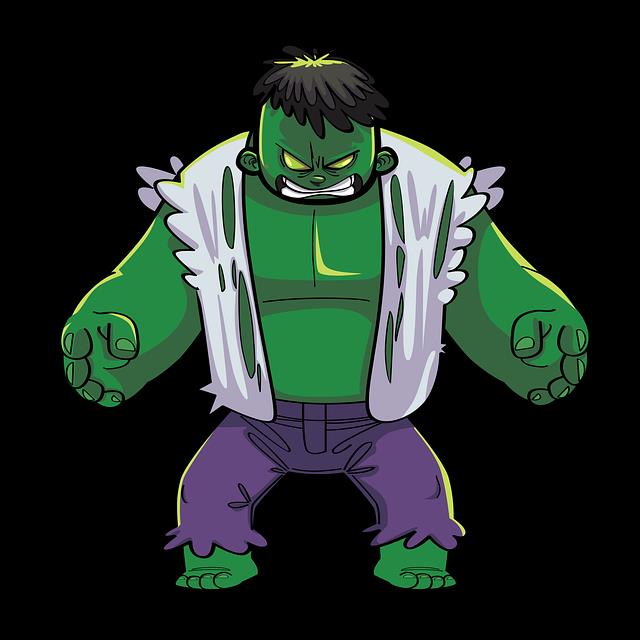
Advancing Your Inking Techniques in Digital Art
Refining your digital inking techniques can significantly enhance the visual impact of your comic book art. It's a matter of mastering brush selection, stippling techniques, and layering.
Inking Brush Selection: The right brush can make all the difference. Choose from various brush types, sizes, and hardness settings to create depth and texture.
Stippling Techniques: Stippling, or adding small dots to create shading and volume, can bring your comic to life. Experiment with dot density and distribution for more dynamic effects.
Layering: Use layers to separate elements and add complexity to your art. This allows for better control and can help create a more polished final product.
Diving Deep Into Digital Coloring Techniques
Digital coloring techniques, when skillfully applied, can breathe life into your comic book art, transforming flat sketches into vibrant, dynamic scenes. To accomplish this, a firm understanding of color theory basics is essential. Knowing the emotional resonance of different colors, and their relationships on the color wheel allows you to create mood and depth.
Layer management techniques are the backbone of digital coloring. Mastering layers means manipulating opacity, blending modes, and layer masks to achieve the desired effect. It's akin to painting, but with an undo button.
As you experiment with gradients, textures, and shading, remember that the goal is not just to color, but to bring out the story in every panel. Embrace the digital medium, its potential is limitless.
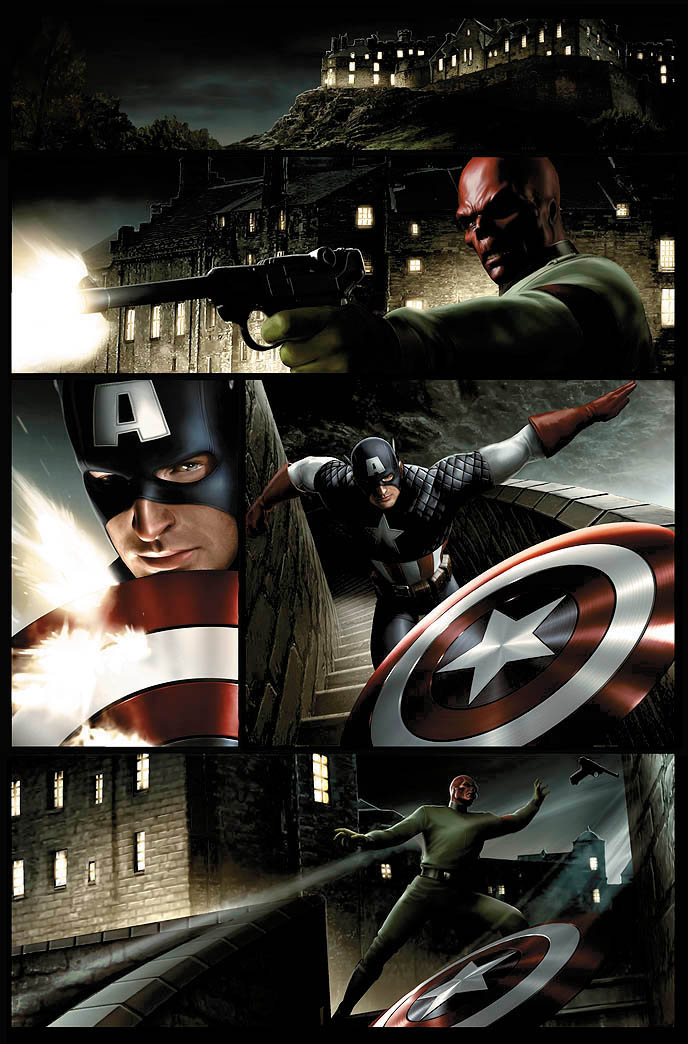
Applying Shading and Lighting in Digital Comic Art
Beyond the spectrum of color, mastering the technique of applying shading and lighting is crucial for creating depth and dimension in your digital comic art, and it often distinguishes the novices from the seasoned professionals. This involves a meticulous process of shading textures exploration and smart light source positioning.
Shading Textures Exploration: Explore different textures to create a sense of depth. From smooth gradients to cross-hatching, each texture evokes a unique effect.
Light Source Positioning: Position your light source strategically to highlight elements and set the mood. Remember, the angle and intensity of the light can dramatically alter the scene's overall feel.
Blending: Blend your shades and lights seamlessly to maintain a fluid and cohesive visual narrative. The key lies in subtly manipulating the viewer's gaze and emotions through the art of shade and light.
Creating Engaging Characters and Scenery
After thoroughly understanding the importance of shading and lighting in digital comic art, and before diving into the complexities of storytelling, it's crucial to focus on the creation of engaging characters and picturesque scenery, for these elements can immensely enhance the reader's connection to the narrative.
Therefore, character expressions and scenery detailing are indispensable tools in digital comic art. The artistry lies in capturing the subtleties of emotion in a character's face, which can be achieved by mastering digital art software.
It involves crafting intricate details into the scenery, transforming a mere backdrop into a vibrant world. The innovative combination of these elements results in a captivating visual journey, thereby transforming the reader's experience from mere consumption to active engagement.
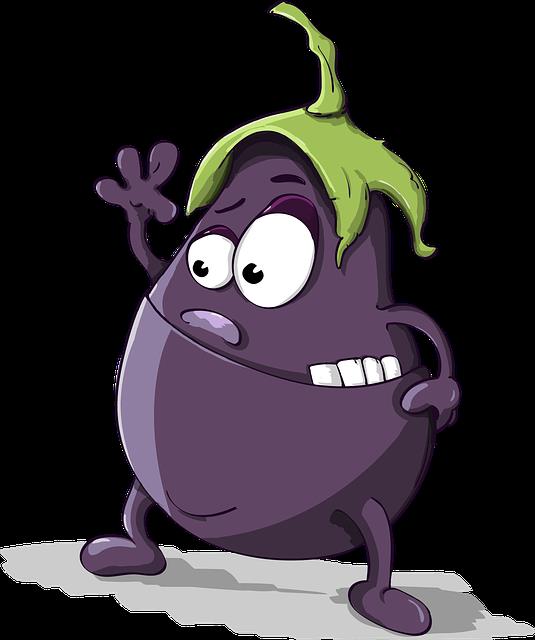
Perfecting the Art of Storytelling Through Layout
Frequently, the art of storytelling in digital comics is not just about the characters and the plot, but significantly about the layout, which subtly guides the reader's eye and sets the pacing of the narrative. The layout is a powerful tool, an invisible director guiding the reader through the story, setting the rhythm, accentuating moments, and controlling the reveal of information.
To perfect this, consider the following:
Narrative pacing strategies: Use varying panel sizes and shapes to control the speed and rhythm of your story. Larger panels slow the pace, while smaller ones speed it up.
Character development methods: Consistent panel positioning for a character can subtly influence the reader's perception of that character's personality.
Panel transitions: Different types of transitions can add dynamism and keep the reader engaged. Proficiency in digital art software can help you achieve smooth, seamless transitions.
Honing Your Style and Finding Inspiration
Developing a unique artistic style and sourcing inspiration are crucial processes in the journey of a digital comic book artist, often determining the reception and success of their work. The key to honing style lies in mastering digital art software, coupled with a relentless pursuit of innovation.
Character development, for instance, requires not just creativity, but a deep understanding of the digital tools that can bring your characters to life. Experimenting with different comic genre exploration methods can also lend a fresh perspective to your style.
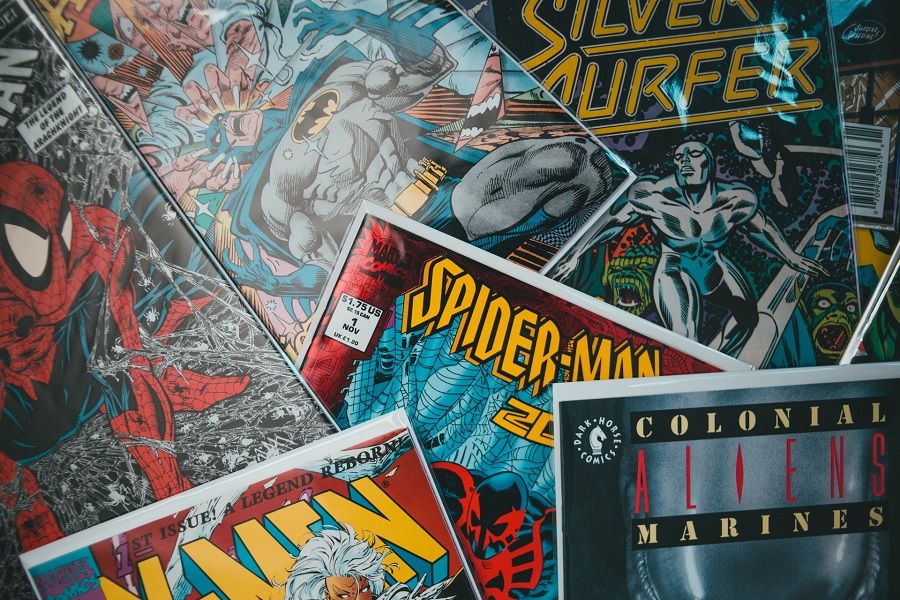
Additionally, inspiration can be sourced from the most unexpected places - from the rhythm of city life to the tranquility of nature, and even from other art forms.
Frequently Asked Questions
What Is the Average Duration to Complete a Digital Comic Book?
The duration to complete a digital comic book varies widely, depending on factors such as complexity and artist's speed. However, with efficient time management techniques, an average timeline can range from weeks to months.
Can Digital Comic Book Art Be a Profitable Career?
Yes, digital comic book art can be a profitable career. With the rise of freelancing opportunities and effective pricing strategies, artists proficient in digital art software can successfully monetize their creative skills.
How Can I Protect My Digital Comic Book Art From Copyright Infringement?
To safeguard your digital comic art from copyright infringement, understand the basics of copyright laws and apply them accordingly. Also, utilize watermarks on your artworks to provide an extra layer of protection and deter unauthorized use.
Are There Any Online Communities or Forums for Digital Comic Book Artists to Share Their Work and Get Feedback?
Yes, numerous online communities provide networking opportunities for digital comic book artists to share work and receive peer critiques. Forums like DeviantArt, Behance, and ArtStation are popular platforms for such creative exchanges.
What Are Some Recommended Art Schools or Courses for Those Interested in Pursuing Digital Comic Book Art?
For those interested in digital comic book art, schools like the Savannah College of Art and Design offer courses exploring software tools and comparing traditional and digital art, fostering innovation in the medium.
 Digital Art InstructionDIY Infographics DesignMobile Game ArtworkPersonalized Logo Design3D AnimationeBook Covers DesignPrivacy PolicyTerms And Conditions
Digital Art InstructionDIY Infographics DesignMobile Game ArtworkPersonalized Logo Design3D AnimationeBook Covers DesignPrivacy PolicyTerms And Conditions
